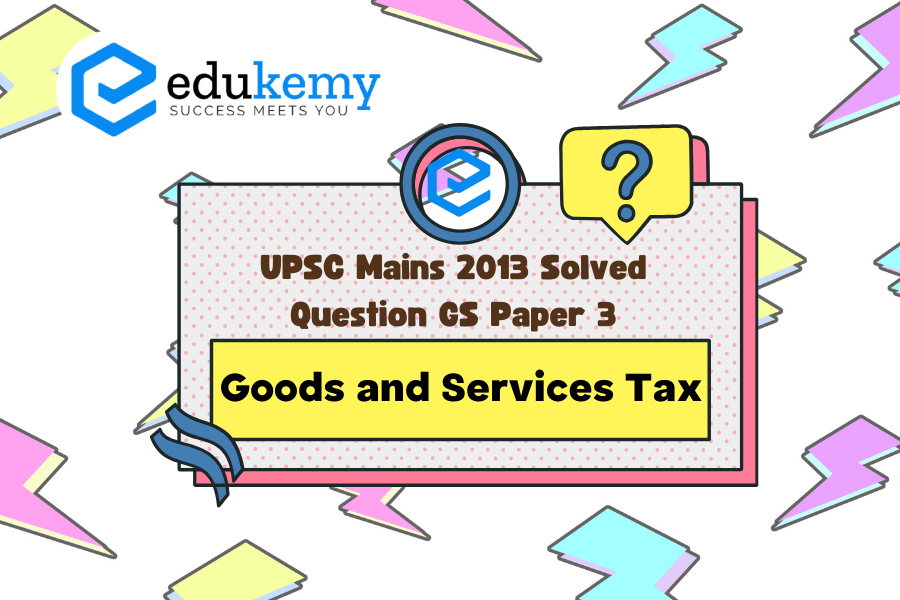The Goods and Services Tax (GST) implementation in India marked a significant reform aimed at streamlining the country’s complex taxation system. The rationale behind introducing GST was to create a unified tax structure, eliminating the cascading effect of multiple indirect taxes and fostering a seamless flow of goods and services across state borders. By subsuming various central and state taxes under one umbrella, GST sought to enhance efficiency, transparency, and ease of doing business while reducing tax evasion and boosting revenue collection for both the central and state governments. However, the delay in the rollout of GST stemmed from various challenges, including legislative hurdles, concerns regarding revenue implications for states, technological infrastructure readiness, and the need for extensive stakeholder consultations to address apprehensions among businesses and taxpayers. Additionally, political dynamics and the need for consensus among states further contributed to the delay in implementing this transformative tax regime.
Tag: Indian economy and issues related to planning, mobilization of resources, growth development, and employment. Government budgeting.
Contents
Decoding the Question:
- In the Introduction, you need to write about GST.
- In Body,
- Discuss the rationale behind GST’s introduction.
- In the second part, discuss the reasons behind its delayed rollout.
- Try to Conclude by highlighting the need for reforms in GST.
Answer:
The Goods and Services Tax (GST) is a value-added tax levied on most goods and services sold for domestic consumption. The GST is paid by consumers, but it is remitted to the government by the businesses selling the goods and services.
Rationale Behind GST introduction:
- The Complex Tax Structure: The main reason behind the introduction of GST is simplifying tax structure. As there were many taxes imposed by States and Central governments which had a burden on taxpayers.
- Improving Compliances: Too many taxes discourage people and mainly industries to pay taxes. One nation one tax has decreased pressure of compliance of tax laws and made easier tax filing process and compliance to tax laws.
- Increase Tax Revenue: Increased tax revenue has become possible after the introduction of GST as the number of taxpayers increased. The government, both state and centre, are looking forward to making needed amendments to improve tax revenue.
- Decrease Cascading Effects: The ultimate burden of paying tax goes on citizens hence It was speculated that cascading effects or cascading burden of paying taxes on citizens. This reduced burden again helps increase taxpayers’ base.
- Improve Fiscal Federalism: As per GST law centre will pay compensation in case states would fail to get the expected amount of tax. This principle underlines fiscal federalism and also cooperative federalism for national development.
- Destination Based Tax: GST is destination-based hence this destination-based tax reduces paying multiple taxes on a single product has ended.
Reasons Behind its Delayed Rollout: The idea of a Goods and Services Tax (GST) for India was first mooted sixteen years back, during the then Prime Minister. The Empowered Committee (EC) of State Finance Ministers, which had formulated the design of State VAT was requested to come up with a roadmap and structure for the GST.
- Difficulties of consensus building and charting out of technical difficulties took time-
- Based on discussions, the EC released its First Discussion Paper (FDP) on GST in November 2009. The FDP spelt out the features of the proposed GST and has formed the basis for the present GST laws and rules.
- In 2011, Constitution (115th Amendment) Bill, 2011 was introduced in the Lok Sabha to enable the levy of GST. However, due to a lack of political consensus, the Bill lapsed after the dissolution of the 15th Lok Sabha3.
- In December 2014, the Constitution (122nd Amendment) Bill 2014 was introduced in the Lok Sabha and was passed by Lok Sabha in 2015.
- Thereafter, the Constitutional Amendment Bill was moved on in 2016 based on political consensus. Finally, the Constitutional Amendment paved the way for the introduction of the Goods and Services Tax in India.
- Following this, State Legislatures of different States have passed respective State Goods and Services Tax Bills.
If India wants to make One Nation One Tax a true game-changer and milestone in India’s tax administration, the implementation of GST at the ground level needs to improve.
In case you still have your doubts, contact us on 9811333901.
For UPSC Prelims Resources, Click here
For Daily Updates and Study Material:
Join our Telegram Channel – Edukemy for IAS
- 1. Learn through Videos – here
- 2. Be Exam Ready by Practicing Daily MCQs – here
- 3. Daily Newsletter – Get all your Current Affairs Covered – here
- 4. Mains Answer Writing Practice – here


